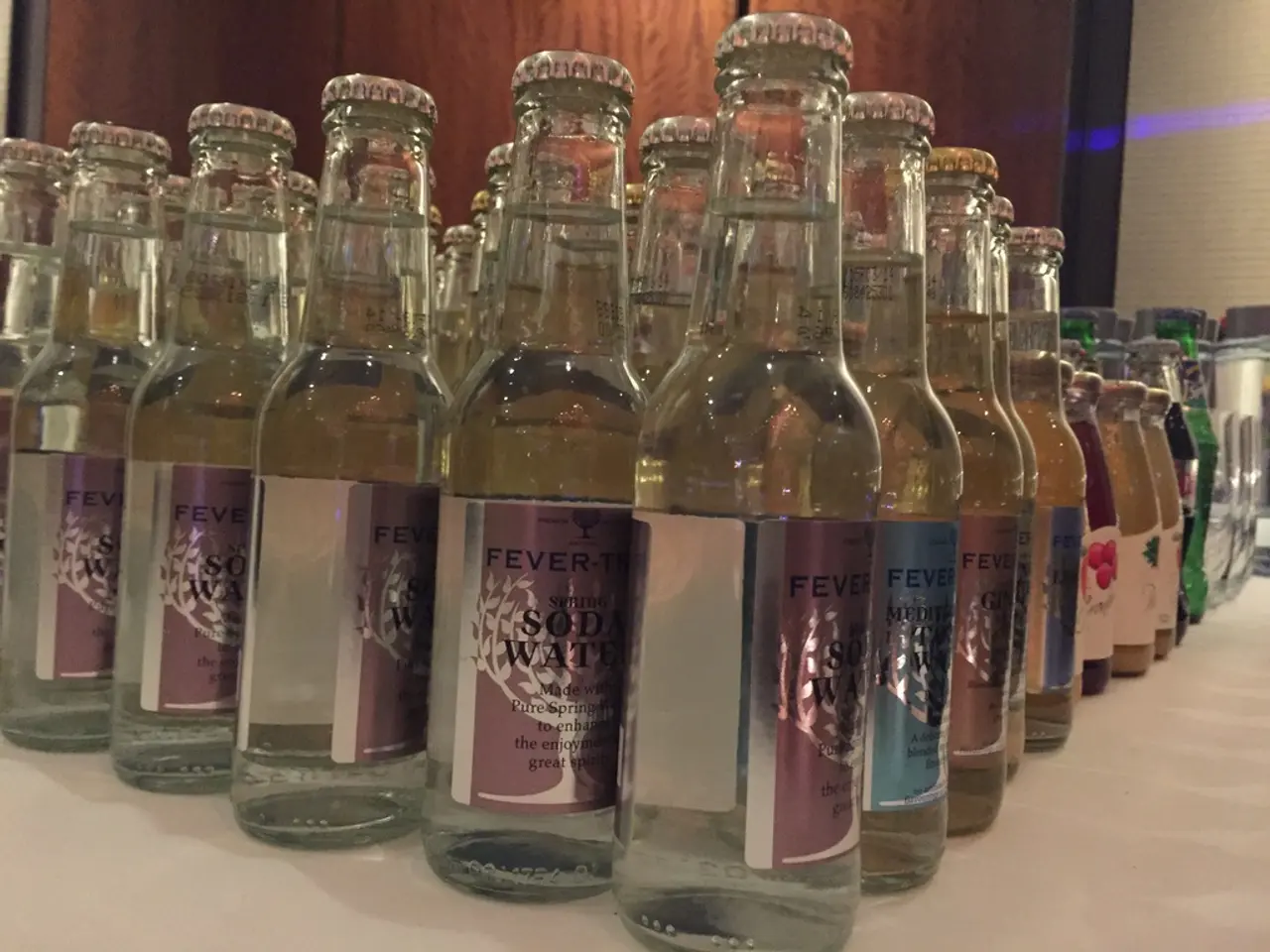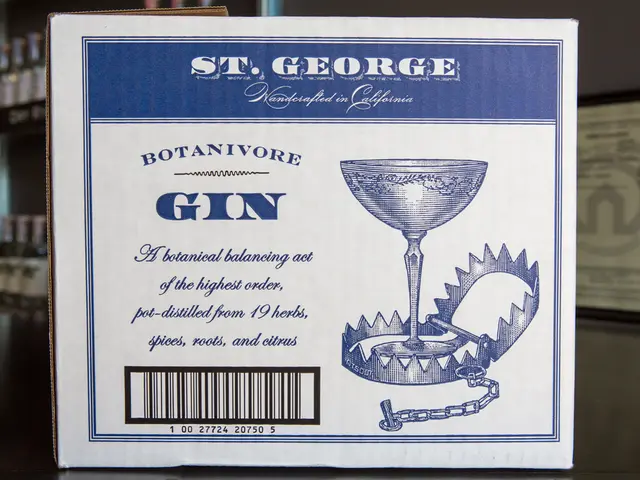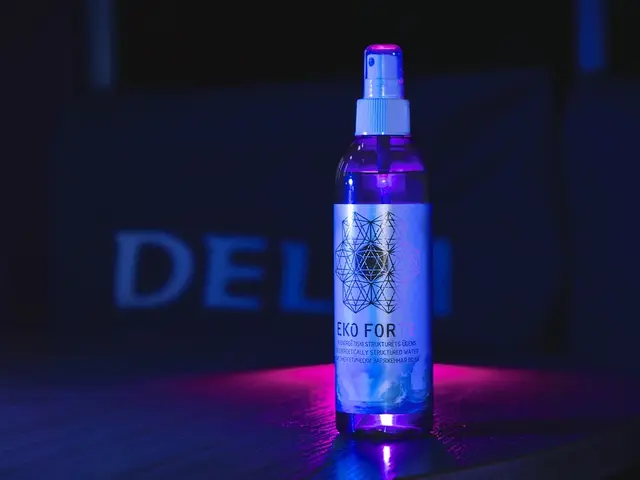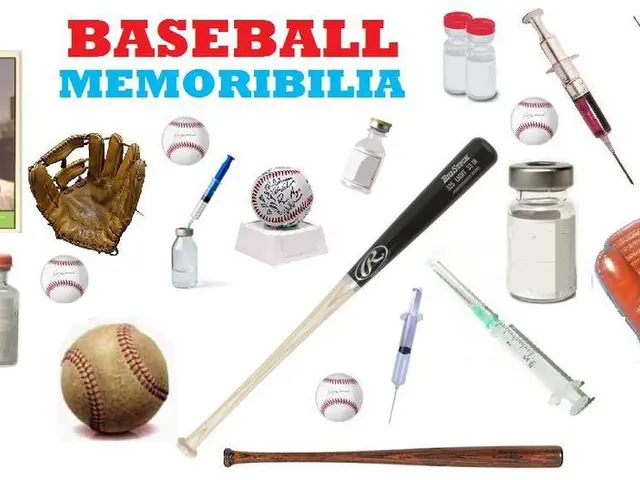Two liter bottle's milliliter equivalent: A Detailed Breakdown
In the realm of volume measurements, understanding the conversion from liters (L) to milliliters (mL) is a fundamental skill with far-reaching practical applications across various industries and everyday life.
The metric system, including the liter and milliliter, is the standard system of measurement in most countries, making it a valuable tool for science, industry, and our daily lives. One liter is equal to 1,000 milliliters, a relationship that forms the basis for many precise volume conversions.
The food and beverage industry, for instance, uses this conversion for consistency and regulatory compliance in tasks such as formulating recipes and packaging products. Similarly, the pharmaceutical industry relies on precise measurements to ensure accurate drug dosages and consistent product quality. In chemical manufacturing and research, accurate measurements are essential for safety and the success of experiments. The automotive industry also uses liters and milliliters to measure engine displacement, coolant volume, and other fluid capacities.
The importance of this conversion is further highlighted in practical applications outside of industries. Understanding liter-to-milliliter conversions has practical applications in cooking, baking, medication dosage, product labeling, and scientific experiments. For example, in the medical industry, dosages and fluid volumes often require precise milliliter measurements from liters, converting IV fluid volumes or medication liquids easily by multiplying liters by 1,000.
When mixing different liquids, it's important to note that the final volume might not be exactly equal to the sum of the individual volumes due to intermolecular interactions between the liquids. This is something to consider in scientific or industrial applications where high precision is required.
Common misconceptions about volume conversions include confusing milliliters with other units like ounces and assuming that all bottles labeled similarly contain the exact same volume. A common mistake when converting liters to milliliters is forgetting to multiply by 1,000, leading to inaccurate results.
To convert liters to milliliters, simply multiply the number of liters by 1,000. This is a straightforward multiplication widely used across various practical applications and industries. When converting from larger units (liters) to smaller units (milliliters), you can also move the decimal point three places to the right.
The relationship between liters and milliliters is 1 liter = 1000 milliliters. Online converters, smartphone apps, and spreadsheet software can assist with converting liters to milliliters.
As global trade and collaboration continue to grow, the importance of the metric system, including the liter and milliliter, is likely to increase further. With this guide, you now have the tools to navigate conversions in your everyday life and professional pursuits with confidence.
Read also:
- Attempting a 'Secretome' Skincare Serum from harvested Stem Cells of Your Own
- Skincare products, including an anti-sebum cream, cleanser, and moisturizer, embolden a positive outlook towards one's skin.
- Fraudulent misappropriation of funds intended for terminally ill adolescents in Munich
- Woman in Texas files lawsuit against Marine, alleging drug-laced beverage with aborted fetus medication







